One Shot Storytelling
Crafting a Story in a Single Frame
OSS – One Shot Storytelling – is my personal project featuring very short clips. Each starting image is carefully designed, generated, and edited with the specific intent of telling a story in a single frame, creating what can be defined as a proto-narrative image. ven when static, an image can tell a story if it contains all the right elements and if they are placed correctly.
A proto-narrative image is a visual composition that suggests a story without explicitly telling it. It captures a moment filled with tension, emotion, or implied action, inviting the viewer to imagine what happened before and what might come next. It’s not a full narrative, but a spark — a single frame that evokes the essence of a story.
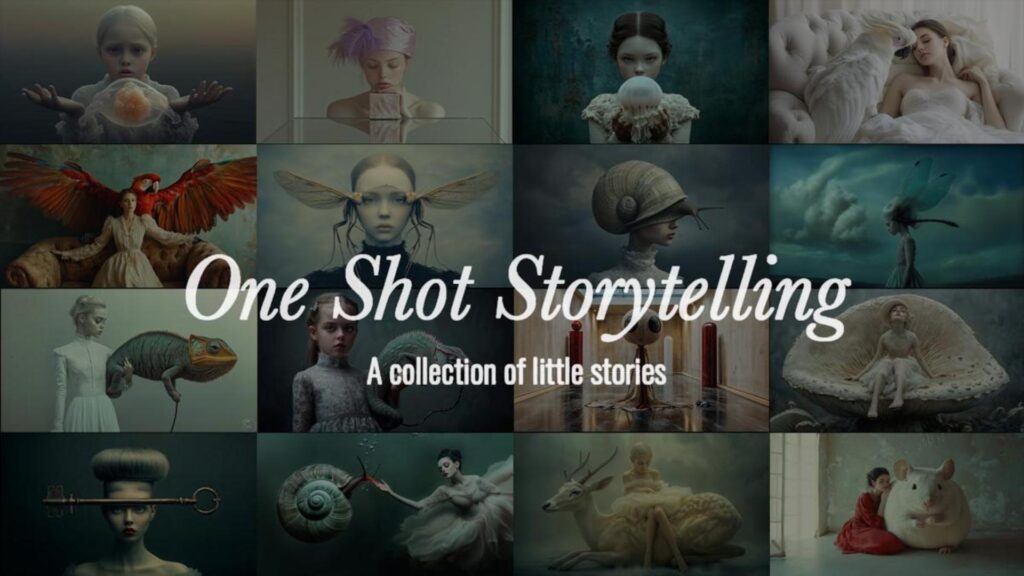
Attention to details
Another essential aspect for me, before moving on to animation, is attention to detail. Even when I used to photograph, I would remove any distracting elements during editing to enhance the narrative. Now, with AI-generated images, this need has become even stronger.
Two sets: Puppet Room & Magical Realism
For this project, I am currently working on two distinct sets:
Puppet room
The first, Puppet Room, is inspired by small, forgotten spaces: empty rooms, storage closets, and quiet corners where solitary puppets of all kinds lie—ranging from robots to plush toys to strange imaginary characters. The environments are often bare and desolate, except for a few key details that serve as narrative triggers, inviting stories suspended between reality and the surreal.
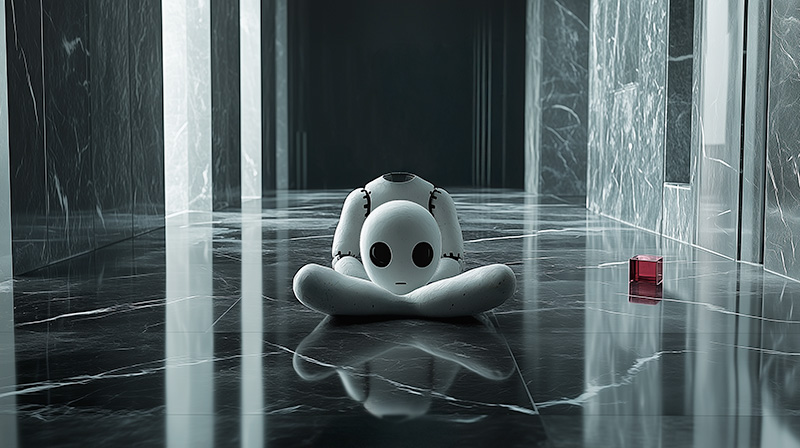
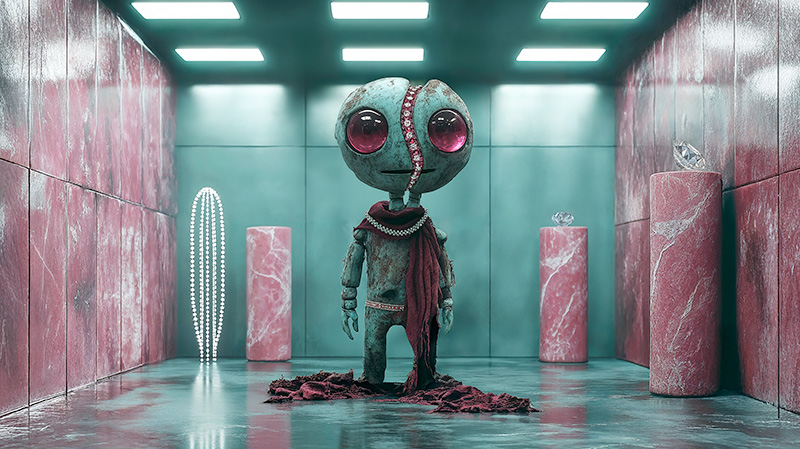
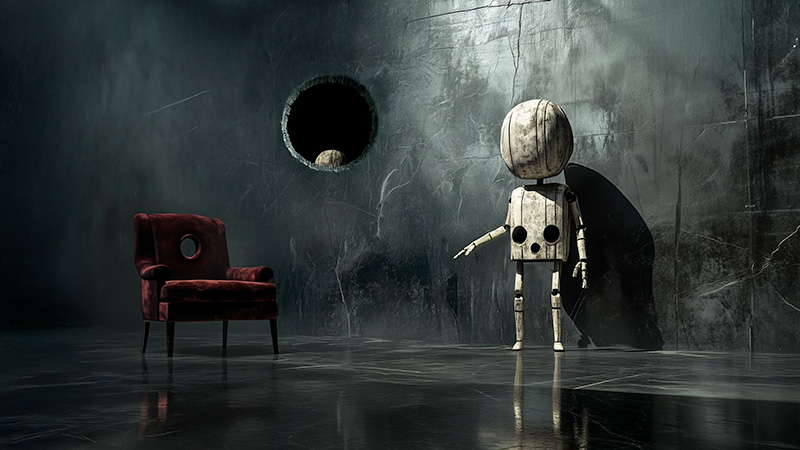
Magical Realism
Magical Realism, on the other hand, draws inspiration from surrealist photography and painting, as well as the very concept of magical realism, where the boundary between reality and fantasy blurs, giving way to evocative and dreamlike imagery.
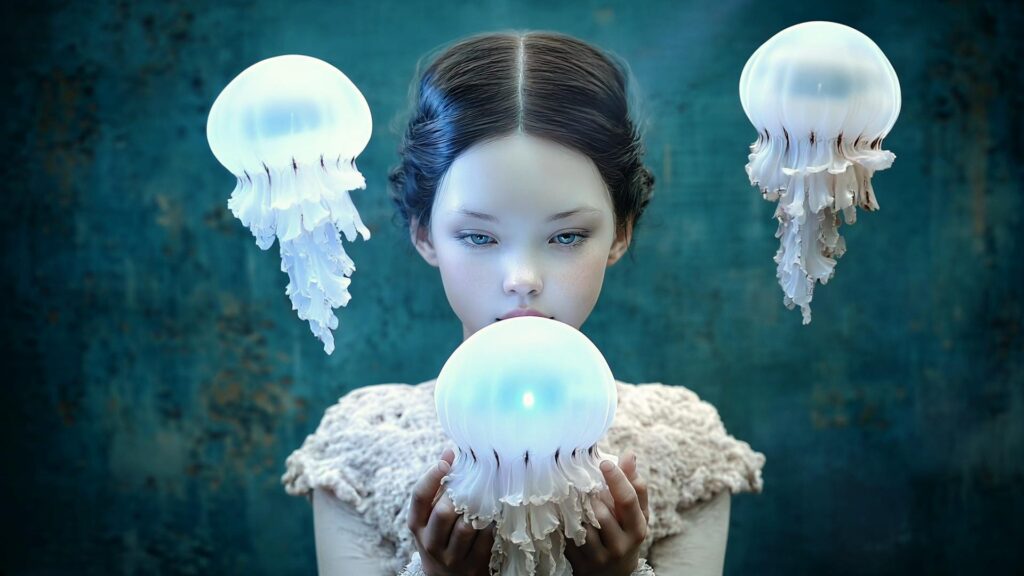
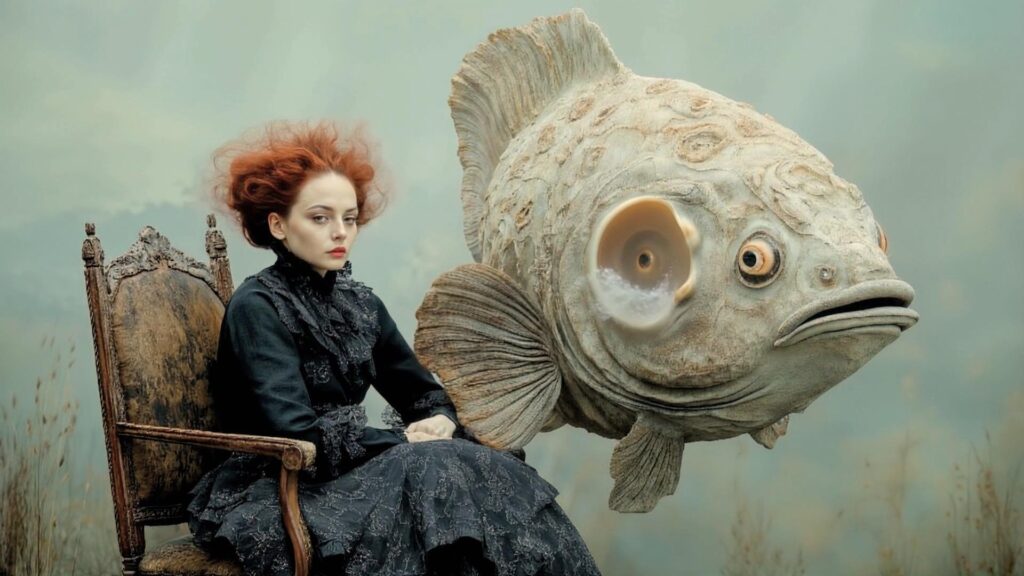
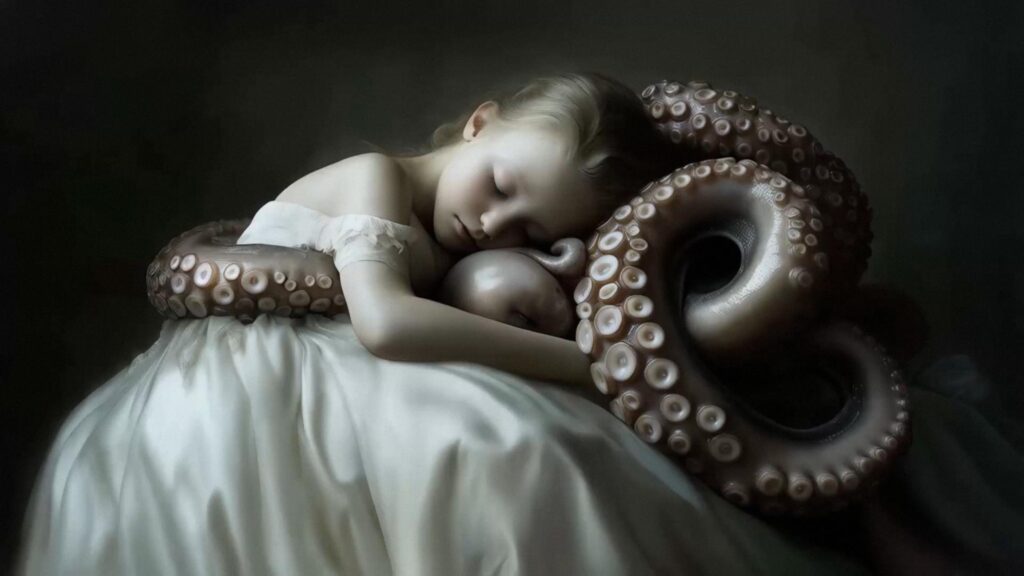
Image generation, editing and visual composition
Before moving on to animation, a crucial phase for me is refining the visual composition through meticulous editing. Every detail plays a role in shaping the narrative, and I dedicate significant time to ensuring that each element within the image contributes to the intended atmosphere and storytelling.
Even when I worked with photography, I would carefully remove any distracting elements during post-processing to enhance the coherence of the composition. Now, with AI-generated images, this need has become even more pronounced.
While AI offers incredible creative possibilities, it often introduces inconsistencies or visual noise that require precise adjustments. I fine-tune colors, lighting, and structure, ensuring that the image aligns seamlessly with the vision I want to convey before proceeding to the animation phase.
The animation
Once the visual composition is finalized, I move on to the animation phase, where subtle motion enhances the storytelling without overwhelming the scene. The choice of animation technique depends on the specific needs of each piece—sometimes a simple movement is enough to bring a character to life, while in other cases, a more complex animation is required to create depth and immersion.
To achieve the best results, I work with different tools, selecting the most suitable one based on the type of motion I want to create. The most commonly used tools include Kling AI, Luma, and Minimax, all currently (March, 2025) available within Freepik’s suite. These tools allow for a range of effects, from delicate, almost imperceptible movements that add a sense of presence to an image, to more dynamic animations that emphasize surreal or dreamlike elements.
The final step involves refining the animation by adjusting timing, easing, and transitions to ensure fluidity. To complete the experience, I incorporate subtle sound effects, carefully chosen to complement the movement and reinforce the mood of the scene. Even the slightest sound cue can enhance immersion, making the animated piece feel more organic and engaging.
